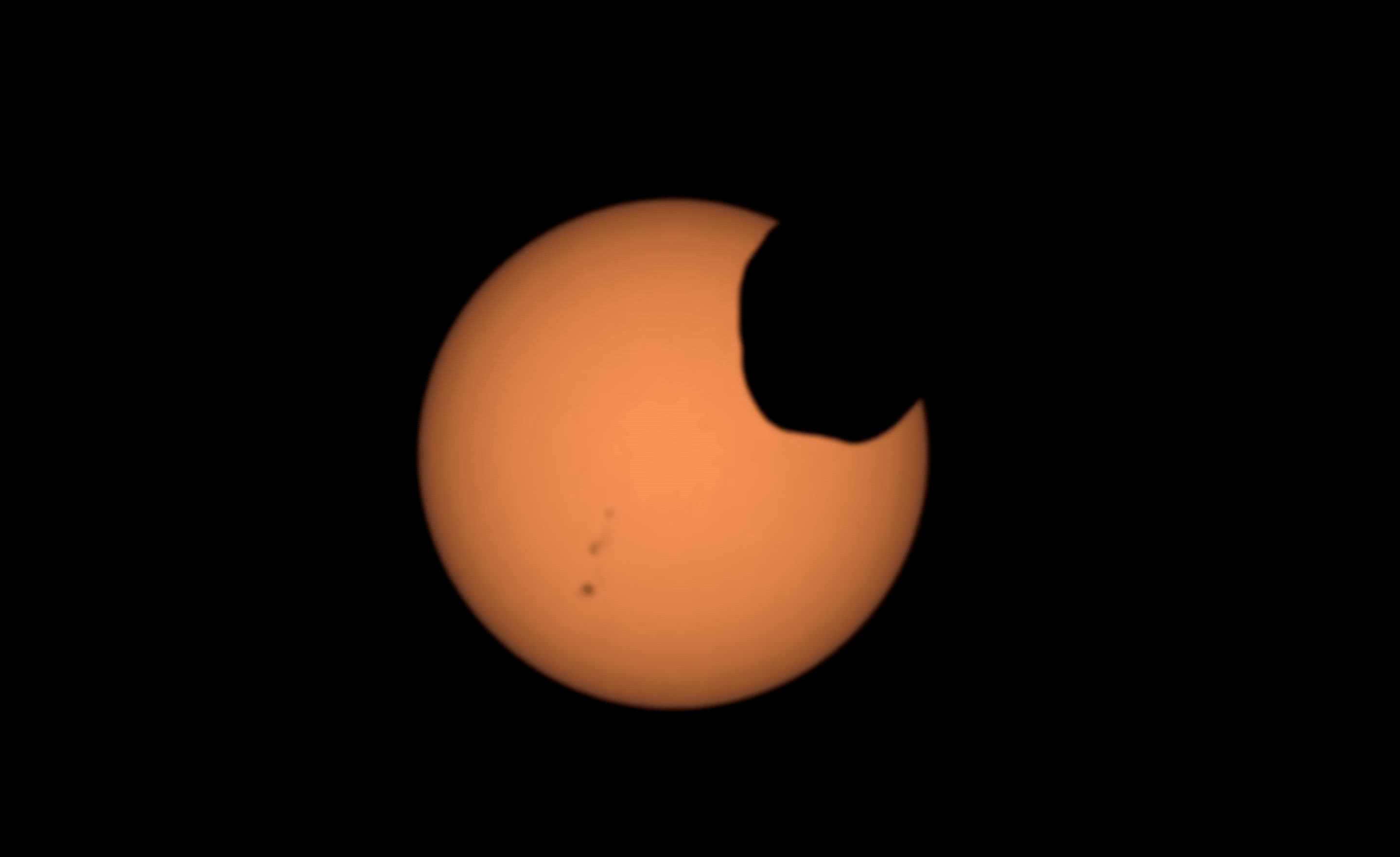When you buy through links on our site , we may realise an affiliate commission . Here ’s how it works .
astronomer just enamour a first - of - its - kind icon of a newborn foreign public — which has been grow in a nursery of dust and gas for more than 5 million age .
So why is this planet reckon just a child ? Astronomers say it ’s because the star , called PDS 70 , is only 5 million or 6 million age old . And liken with their normal life pair of several billions of years — our sun is about 4.5 billion eld old — that makes the flatulence jumbo satellite just a sister . As such , this infant has yet to attain its mature size .

This baby planet (bright spot to the right of the central blacked-out area) has been developing in a cozy nursery of dust and gas for 5.4 million years!
The astronomers captureda shot of the now - internet - famous babyusing the SPHERE planet - hunt instrument on the European Southern Observatory ’s Very Large Telescope . ; our sun , for example , is close to 4.5 billion years quondam .
With SPHERE ( which stands for Spectro - Polarimetric gamy - contrast Exoplanet Research ) , the astronomers could see untested " features " in the wiz system of the young planet . Specifically , the researchers saw the saucer of gas and detritus , which consists of leftovers from when the parent star of PDS 70b was mold . [ 9 Most Intriguing Earth - the likes of Planets ]
Starsand planets tend to form in clouds of junk and gas , and as the headliner gets former , the dust and gas dissipate . This likely happens due to a brace of reasons . First , growing planet scoop up much of the remaining detritus and gas pedal as they accrete and raise over time . Also , a unremitting stream of particles exhale from the superstar ( eff as the solar wind ) likely blows some of the material away . But scientists are eager to consider more vernal - superstar system to affirm these possibility and learn planets form .

" So far , several thousands of planets around other stars have been chance upon , but astronomers still know very little about how they actually take form , since most of the remark planets are orb around mature — or old — superstar , " write study participants Miriam Keppler and Andre Müller , who are both with the Max Planck Institute for Astronomy in Germany , in an e-mail to be Science . They each author a newspaper on the breakthrough that will be published in a forthcoming issue of the diary Astronomy & Astrophysics .
Usually , the disc of flatulence and dust disappears when a virtuoso is roughly 10 million years old , they said . As for why this planet ’s flatulent rest home remains , the researchers say they are n’t yet trusted . But they added that they hope to read the planet with different telescopes to con more about its composition , conditions and other properties ; so far , they can tell it has a cloudy atmosphere .
" To understand better how planets form , and ultimately also to watch about the early chronicle of our ownsolar scheme , we need to observe untested planets , such as PDS 70b . This make our discovery so exciting , " the uranologist total .

From the observation , stargazer found that the planet has a temperature of about 1,832 degrees Fahrenheit ( 1,000 degree Celsius ) , which makes the throttle giant way too toasty for life at this point . ( That said , it ’s very common for youthful satellite to be that hot , so PDS 70b will in all likelihood cool down as it gets older . )
" It will probably still take several millions of years until the major planet stops collecting surrounding gasolene and dust , " the astronomers added . " Until then , it will grow just a little bit more in mass . When this process stop , its temperature will lessen and the planet will get cooler . How long exactly these processes will take is part of current inquiry in uranology . "
Life probably is n’t part of the planet ’s future anyway . PDS 70b is a hefty planet , with a mass several times that of Jupiter ; we ’ve seenlife only on Earth , which is small and rocky . And the major planet orb far forth from its parent Lord’s Day , so PDS 70b wo n’t receive much oestrus from the star after produce out of its babe level and cool down . ( The besthope for lifearound PDS 70b might hail from a bouldered exomoon that receives DOE from the planet PDS 70b , but as astronomers have n’t found any of these type of Sun Myung Moon yet , it ’s hard to say for certain . )

PDS 70b orbits at roughly 2 billion miles ( 3.2 billion kilometers ) from its maven , or the same distance as Uranus is from our sun . This makes the newfound planet a deadening orbiter , taking about 120 Earth years to make a exclusive lap around its mavin .
The next challenge will be for astronomers to visualize additional baby planet like this one , to bring out more about what the early days of solar systems wait like . Perhaps then , scientist can better sympathise what make a solar system friendly to sprightliness as we roll in the hay it on Earth .
Originally published onLive scientific discipline .














